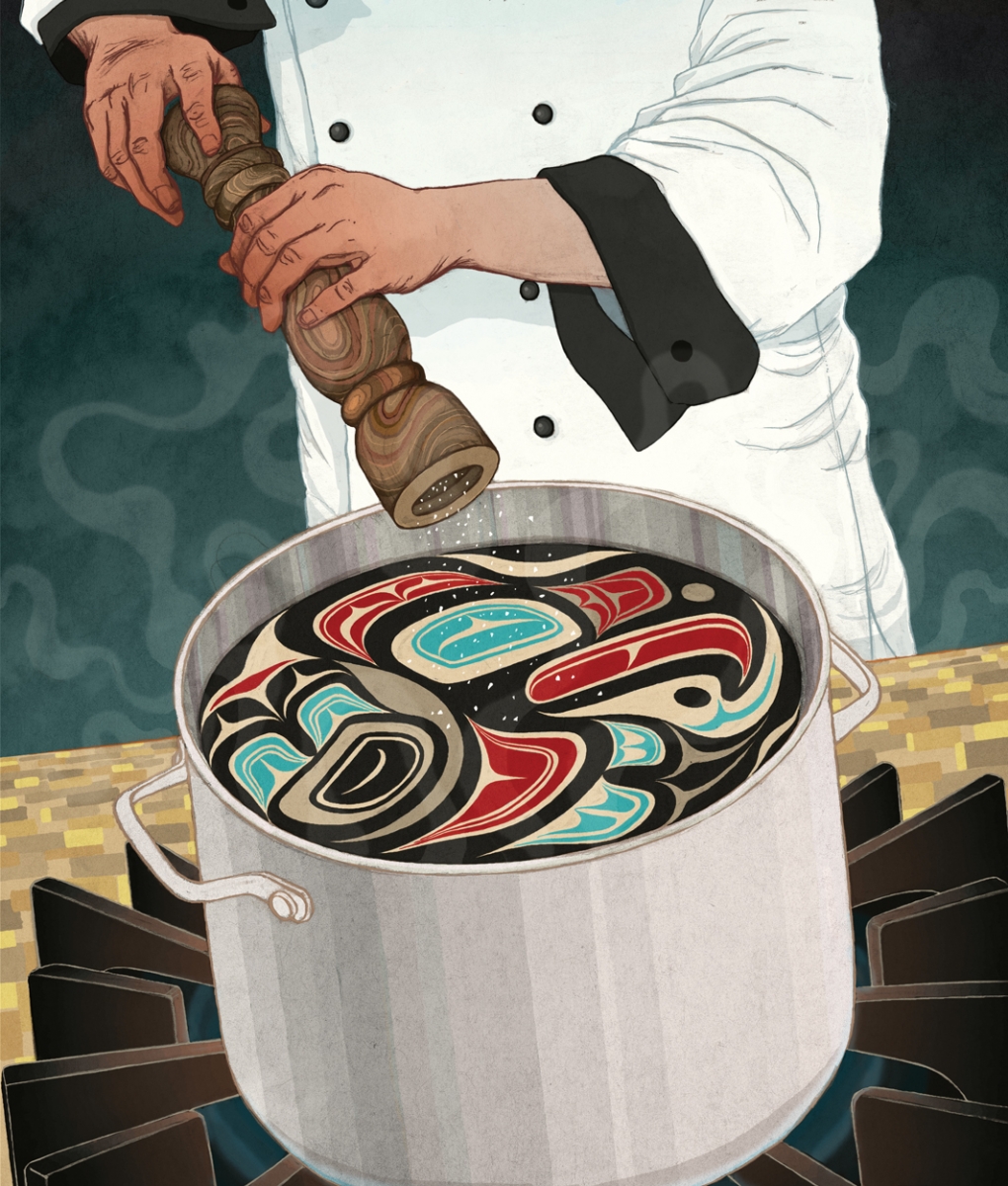Julian Thomas is undeterred.
The entrepreneur from Sturgeon Lake Cree Nation is determined to bring his indigenous inspired-cuisine to Edmontonians. Forced to shutter his 124th Street restaurant, Bannock Burger, in 2014 following a rent increase he couldn’t afford, Thomas is trying again.
“I didn’t know anyone else that was trying to do what I was, and I had to learn from a lot of my own mistakes,” Thomas says about Bannock Burger. He recently started a new catering company, Bannock Bistro, with offerings that revolve around the bread, including bannock tacos, bannock pizza and, of course, bannock burgers.
Edmonton is ripe for the food, Thomas believes. After all, the capital city has the second largest indigenous population of any metro area in Canada, with 61,765 people, or 5.4 per cent of the population, trailing only Winnipeg. But while countless dishes from around the world are available in Edmonton restaurants, there’s a conspicuous lack of indigenous food.
That doesn’t mean people aren’t trying. A year after Thomas closed Bannock Burger, Ian Gladue expanded his mobile concession, Native Delights, and opened a restaurant by the same name on 118th Avenue. But that restaurant closed 14 months later, after the lease came up and the building’s owner wanted the space back.
Gladue, like Thomas, isn’t giving up. He’s still operating his mobile concession and catering, and hopes to re-open a restaurant in a location with more walk-in traffic, like Jasper Avenue or Whyte Avenue. “People come to Canada and they want to try authentic cuisines and what do they try? Maple syrup,” says Gladue. “We’ve been totally forgotten and our culture has been very supressed, and we’re trying to change that with our business.”
As Gladue and Thomas can attest, challenges exist in bringing indigenous food to the mainstream. For starters, just defining indigenous fare can be difficult.
“Each band and tribe has different ways of cooking, but what it all boils down to is sharing food and bringing families together and preserving our culture,” says Gladue, who is from Bigstone Cree Nation.
